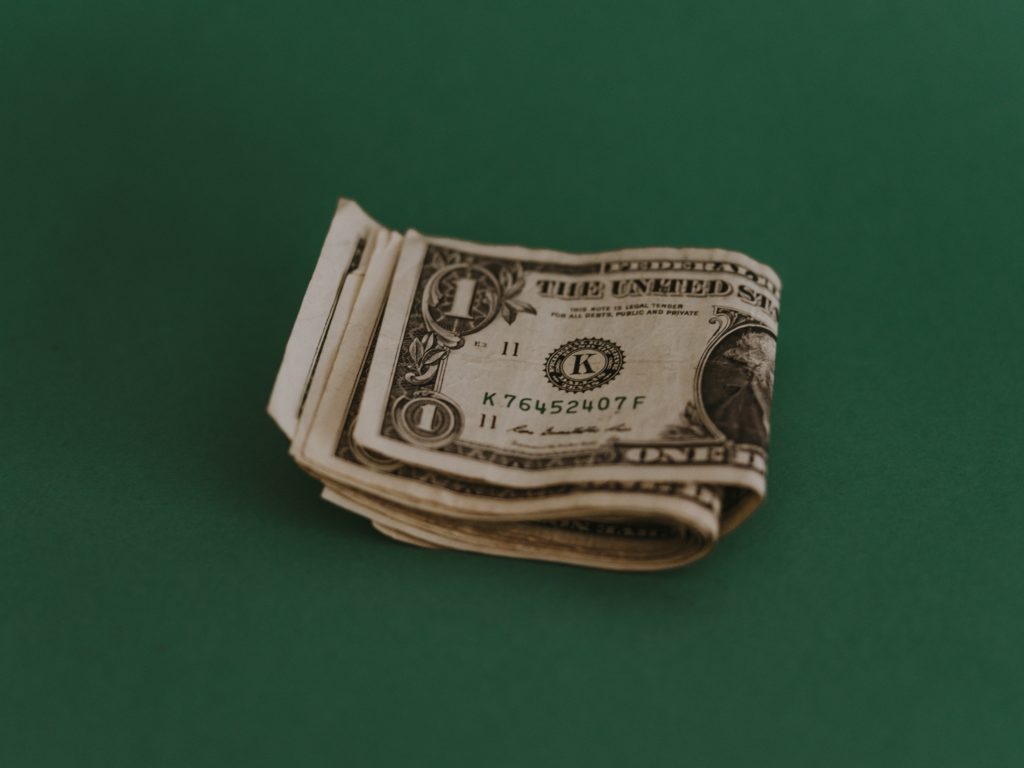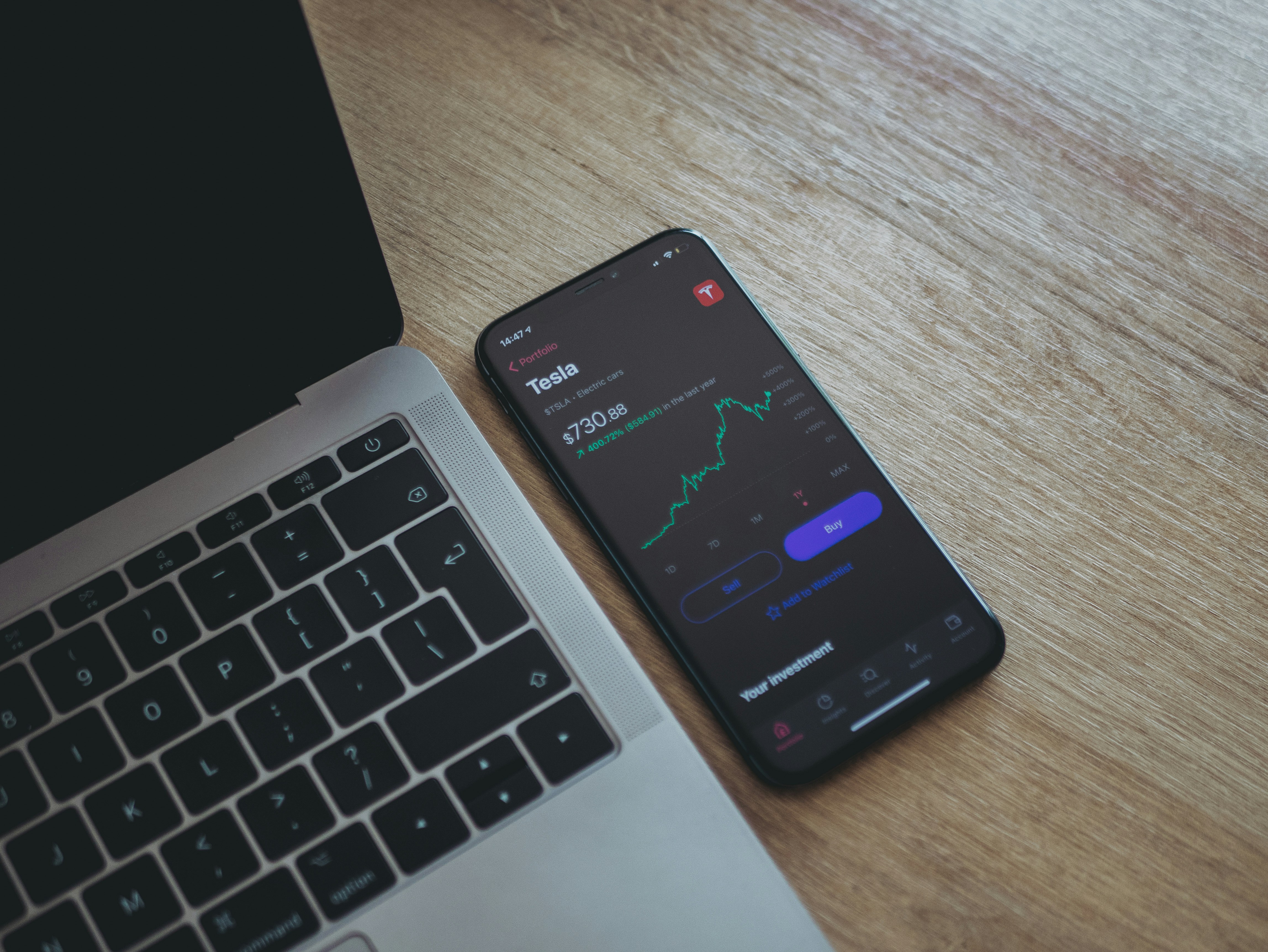Introduction
We continue this series of articles on how to invest your money with consideration of Treasury Bills. If you are new here, you can start here or look at the recent posts and archives on the side widget.
What are Treasury Bills?
Treasury bills are short-term, government-backed debt instruments that the government issues through its treasury department to raise funds for governmental projects. The Treasury bill serves as an IOU (I owe you) where the government acknowledges its indebtedness to the holder of the Treasury bill for the amount stated on the bill.
For example, the government can issue a six months treasury bill of $1,000. The six months is the maturity date. The $1,000 is the par value of the bill. If Investor A pays $950 to purchase the bill, the $950 is the discount value, the $50 is the discount, and the discount rate is 5% ($50/$1000 * 100). A treasury bill is a zero-coupon bond, which means rather than receiving regular interest on the bill, the interest is paid as a discounting factor on the par value. Therefore, instead of paying $1,000, you pay $950 for a $1,000 bill, but when the government pays back at the maturity date, they pay you $1,000. Rather than a bond where you get two interest payments in a year, with a bill you get the interest payment at once- at maturity.
The maturity date for treasury bills is usually one year or lesser. They are issued in denominations ranging from a thousand dollars (or naira or pounds) to five million dollars (or naira or pounds). Treasury bills are sold through auctions in competitive or non-competitive bids.
In a competitive bid, every investor bids a specific discount rate (3%, 5%, 10%, etc.) they are willing to accept for the bill. The treasury department starts allocating the bills according to the bids, starting from the lowest discount rate until they sell the total number of bills they plan to issue.
In a non-competitive bid, the government finds the average discount rate from all the bids placed, and that figure becomes the discount rate that everyone accepts.

How to make money with Treasury Bills
There are two ways to make money from treasury bills:
- Earn interest at the maturity date: You can decide to hold the bill to maturity where you receive the par value of the bill and earn the difference between the par value (that you receive) and the discount value (that you pay).
- Sell in the secondary market: On the other hand, you can decide not to hold the bill to maturity. In this case, you can sell the bill at a secondary market (at the prevailing interest rate) and (hopefully) earn a profit. Your ability to make a profit depends on the current price of the Treasury bill.
You can buy treasury bills through your broker during the initial auction or in the secondary market. You can also sell your bills in the secondary market through your broker.

Factors that affect the prices of Treasury Bills
The prices of treasury bills vary depending on certain factors:
Inflation
When inflation is high, the discount rate on treasury bills must be higher than the prevailing inflation rate to be profitable. For example, if the inflation rate is 10%, the discount rate on treasury bills must be higher than 10% to make them valuable in real terms. High inflation will make treasury bills less desirable, causing lower demand and fall in prices and vice versa.
Federal Funds Rate
When the Central Bank or Federal Reserve increases the federal funds rate or the monetary policy rate, investments in other debt securities increase, making treasury bills less desirable. Consequently, the prices fall. If the Central Bank or Federal Reserve reduces the federal funds rate or MPR, investments in other debts securities reduce, making treasury bills more desirable. Consequently, prices increase.
Maturity
The longer the maturity date, the higher the return, vice versa. Treasury bills have a maximum of a one-year maturity.
Market Risk
The current level of risk associated with high returns investment like stocks, mutual funds, and corporate bonds will also affect the price of treasury bills. When there is a higher risk associated with them, treasury bills become more desirable (since they come with no risk), and prices increase, vice versa.
Interest Rate
When the interest rate is growing, the value of fixed-income securities decreases. Since people can buy the same type of investment at a higher rate, they will pay less for fixed income securities with rates below the current interest rate. If the prevailing interest rate exceeds the discount rate on the bill, the price falls, vice versa.
The above factors will determine the price of a treasury bill at a particular period. The price will determine if you will make a profit when you decide to sell in a secondary market.

Pros of Investing in Treasury Bills
What are some of the benefits of treasury bills in comparison to other investment channels?
Zero-risk
A treasury bill is backed by the financial power of the Federal Government. Therefore, you can be sure there will not be a default when it is time for repayment. Only treasury bonds offer the same kind of security
Safe and Stable Income
Treasury bills allow you to earn a safe and stable income from your investment. When you buy a bill, you know when you will be paid, and you have the assurance that there will not be a default. It makes it easy to make financial plans.
Ease of investment
If you cannot participate in the auction, you can easily buy treasury bills in the secondary market through any broker. Also, the minimum investment requirement is usually low, which makes it more accessible to many people.
Cons of Investing in Treasury Bills
Low Returns
The returns on treasury bills are small when compared to corporate bonds, stocks, mutual funds, or even certificates of deposits. The return follows the truism, “the lower the risk, the lower the returns.”
Vacillating Interest Rates
The prices of treasury bills move with interest rates. In cases where the prevailing interest rate is higher than the discount rate on a bill you purchased, the value of your bill falls, ceteris paribus.
Cash Flow
Though they are short-term investments, when you buy treasury bills, you lock in your cash for the period before maturity. Selling at the secondary market is undesirable most of the time. When you lock your money in this way, there is an opportunity cost.
Recommendations
Below are some recommendations for Treasury bill investors:
- Invest more in treasury bills when the market risk (of other high yielding investments) is high and not when the market risk is low.
- Don’t buy treasury bills at a discount rate below inflation, ceteris paribus
- Don’t be too invested in treasury bills. Diversify your portfolio with other high yielding assets
- Consider using the bond ladder system for treasury bills to minimize idle cash.
Conclusion
A good investment portfolio should have some treasury bills to minimize overall portfolio risk, especially when market risk is high.



0 Comments